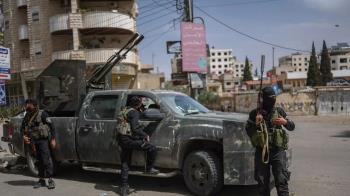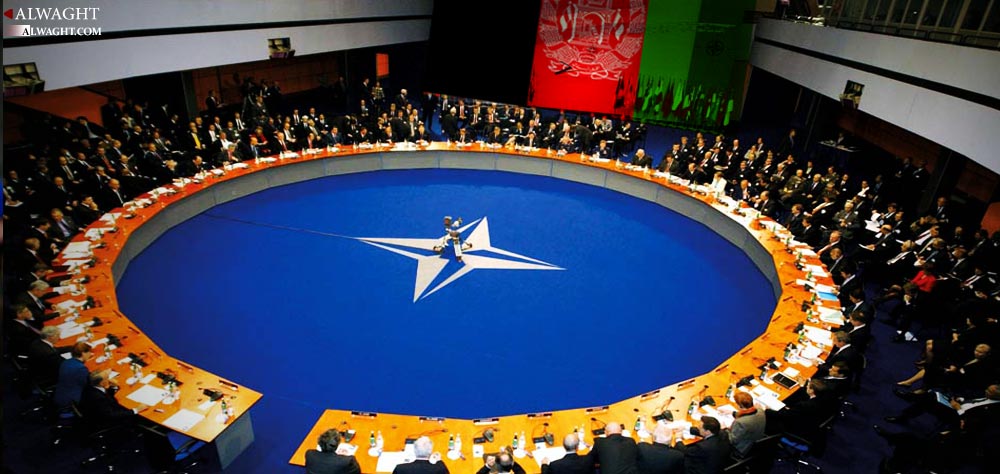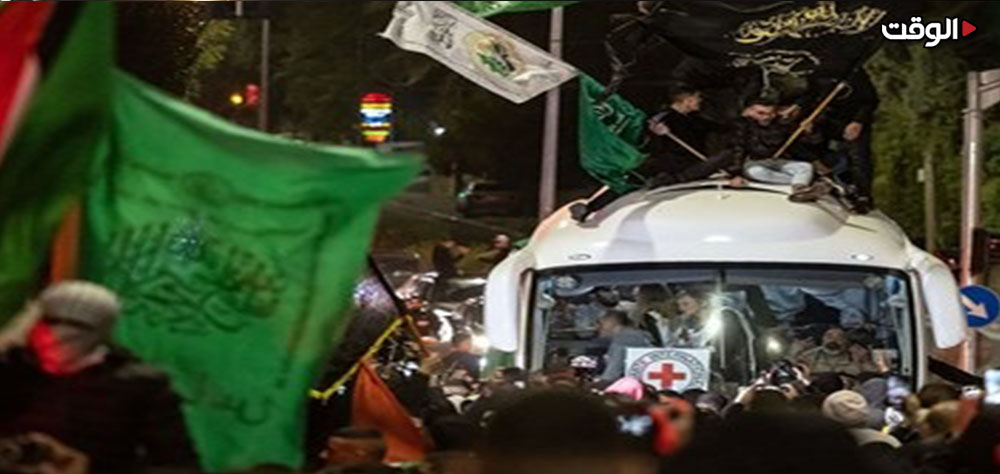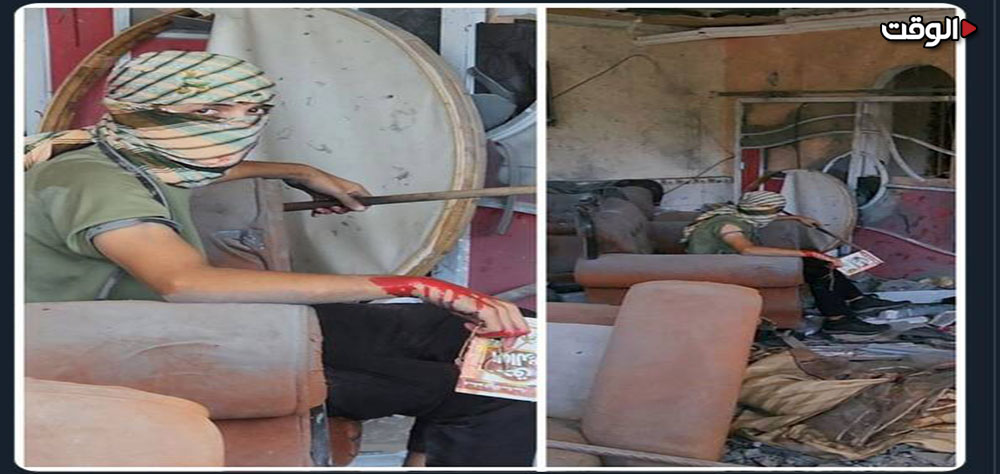Alwaght- The NATO member states' leaders met on May 25 in Brussels to discuss the military organization's challenges, with the Afghanistan issue being one of the tops on the agenda of the meeting.
A day before the Brussels summit, the NATO Secretary General Jens Stoltenberg in a press conference had said that the organization's commanders serving in Afghanistan were calling for further troops to be sent to Afghanistan. However, when the summit concluded, the leaders stated that the final decision about whether to increase military personnel or keep the present number in the Afghan territories will be made next month, giving rise to the expert suggestions that not only the leaders of the oldest military alliance in the world are still far from a consensus on a military strategy in the war-torn country but also in some important cases like deployment of more troops they are hit by deep differences.
What does make NATO members divided over Afghanistan?
NATO, with its 13,000 combat personnel, ended its combat mission in Afghanistan on January 1, 2015. Since then, it has been training and advising the Afghan security forces and army as they are facing the big challenge of Taliban militant group. Among the 39 nations sending forces to the NATO mission to Afghanistan, the US, Germany, and Italy has the largest representation. The US, particularly since President Donald Trump assumed office early this year, has pressed for increase of the NATO forces in Afghanistan. But some other influential NATO members such as Germany came against Washington's calls. Berlin leaders plainly said that the military alliance does not need to expand its personnel and mission in Afghanistan.
On the other side, General John William Nicholson, who has commanded the US forces in Afghanistan and the NATO Resolute Support Mission, on February 10 told the Senate Armed Service Committee that NATO needed about 5,000 additional troops so that it could break the “stalemate” in Afghanistan.
The world expected the NATO summit to come out with a decision for dispatching further forces to Afghanistan mission, but the secretary general had told the media a day before the summit that his organization was assessing the calls for more troops to Afghanistan and NATO will make up its mind on the issue in the coming month.
The analysts translate the delay as a sign echoing the NATO members' differences over deploying further troops into Afghanistan. This suggestion is supported by the earlier comments of the German Chancellor Angela Merkel who insisted that Berlin did not eye more personnel to NATO Afghanistan mission.
Has NATO Afghanistan mission been successful?
The NATO boasts that despite activities of over 20 terrorist factions in Afghanistan, it has prevented Afghanistan from becoming a safe haven for the terrorists again. Canada Defense Minister Harjit Sajjan lauded the NATO's work in Afghanistan as “successful”, insisting on continuation of what he called supporting the Afghanistan people.
Despite many NATO claims about success of their combat duty in Afghanistan, the country's dire conditions prove the case differently. At the present time, a vast part of the Afghan territories is seized by insurgent groups which have been fighting the Kabul government since its foundation in early 2000s. In practice, the Afghanistan government has a limited control on the border areas, especially on the northern areas of the country. BBC in a report cited NATO and American commanders operating in Afghanistan as saying that the central government rules only over 62 percent of Afghanistan's population and 57 percent of its territories. If this information is valid, the NATO cannot defend its record and performance in Afghanistan after nearly 16 years of war and bloodshed.
Furthermore, the demands by some states like the US and Britain for increasing NATO forces more than any other thing signal failure of the Afghanistan mission in particular in past few years.
Since conclusion of the combat operation in January 2015, the NATO was supposed to only undertake a training and consultation mission to help the Afghan security forces stand on their foot as part of the Resolute Support Mission. However, NATO does not appear to want to only train and advise, rather, it will possibly see return to the combat operations just like the initial years of war, proving that the Western military bloc does not stick to its post-combat plans.



























